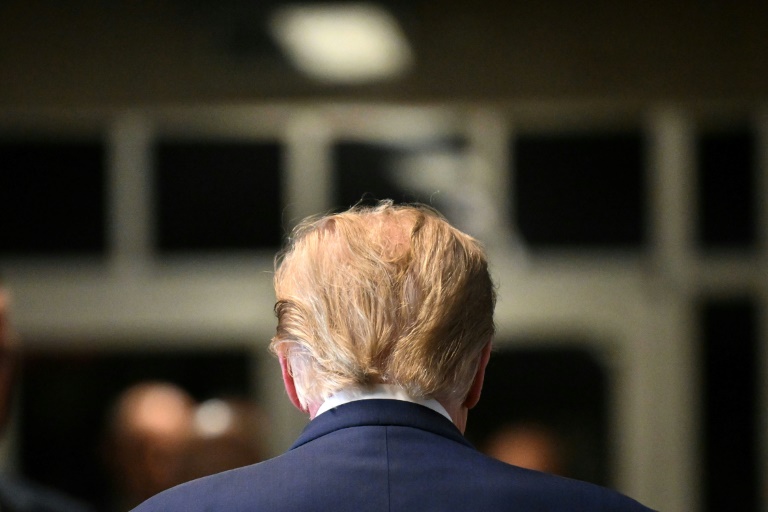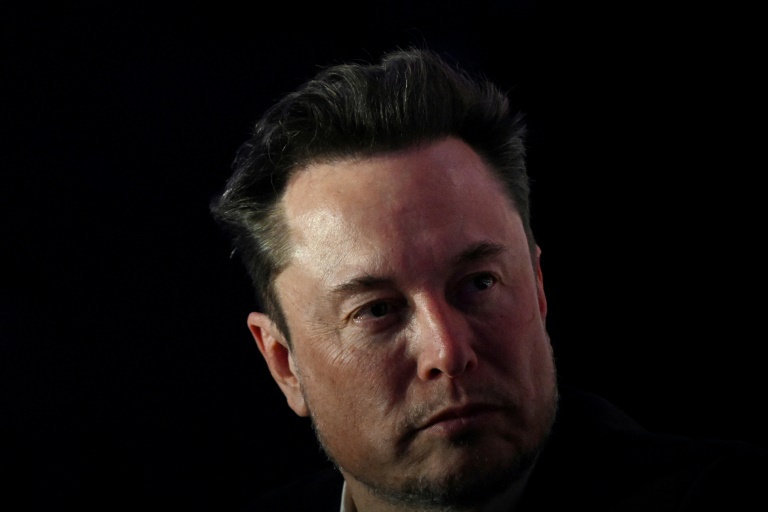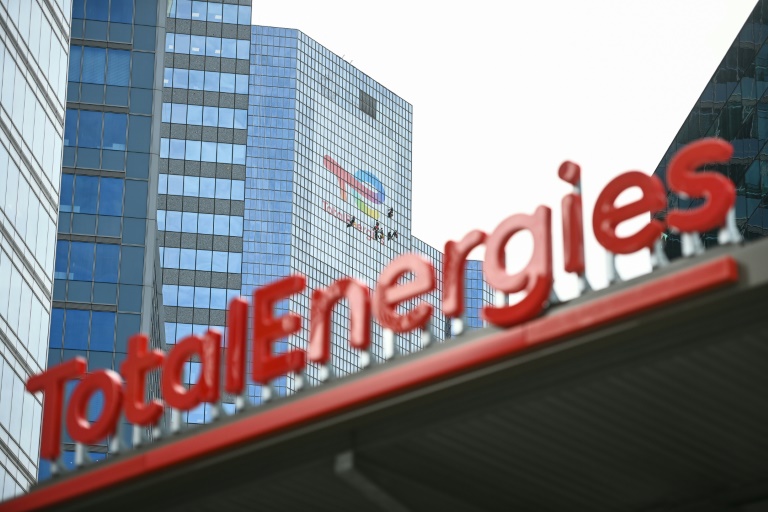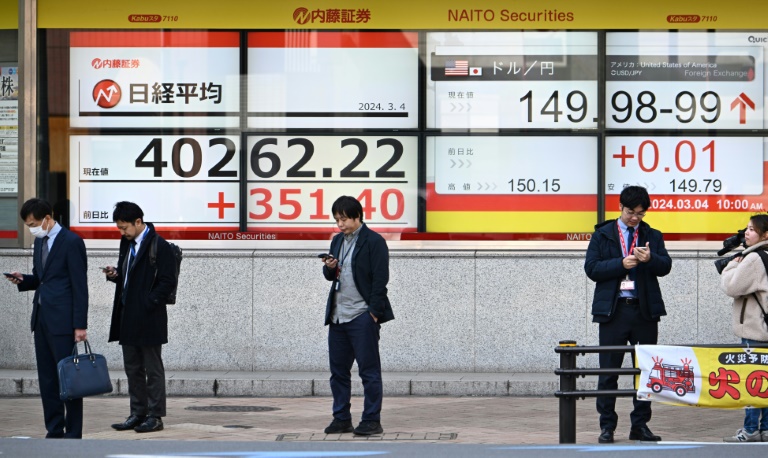Investment spending is a key driver of economic growth, fueling innovation, job creation, and overall productivity. However, recent trends in the United States indicate a concerning decrease in investment spending, which poses a significant hindrance to the country’s economic growth.
The Importance of Investment Spending
Investment spending refers to the purchase of capital goods and equipment by businesses. This includes investments in machinery, technology, infrastructure, research and development, and other productive assets. When businesses invest, they expand their capabilities and increase their efficiency, resulting in higher productivity and economic growth.
Investment spending has a multiplier effect on the economy. Increased investments lead to higher levels of production, which in turn create more jobs and generate additional income. This increased income then circulates within the economy, further stimulating demand and driving economic growth.
Moreover, investment spending is closely linked to technological advancements. Investment in research and development promotes innovation, leading to the development of new products, services, and processes. These innovations not only enhance business productivity but also improve overall living standards.
The Decline in Investment Spending
In recent years, the United States has experienced a substantial decline in investment spending. Several factors contribute to this concerning trend:
- Economic Uncertainty: Uncertainty regarding future economic conditions and policy changes creates a cautious business environment. When businesses are uncertain about the economic outlook, they are less likely to invest in long-term projects and capital expenditures.
- Tax Policy: The U.S. tax code plays a significant role in influencing investment decisions. High corporate tax rates and complex regulations have discouraged businesses from investing in the country. Although recent tax reforms have aimed to address this issue, the impact on investment spending is yet to be fully realized.
- Global Competition: Globalization has intensified competition among nations, making investment decisions more complex. U.S. businesses must compete with foreign companies that often offer lower labor costs and more favorable business environments. This competition can deter investment spending domestically.
- Weakening Infrastructure: Aging infrastructure and inadequate public investment pose challenges to businesses. Insufficient spending on public infrastructure, such as roads, bridges, and utilities, can impede business growth and hinder overall economic development.
The Implications of Decreased Investment Spending
The decline in investment spending has significant implications for the U.S. economy:
- Slower Economic Growth: Investment spending is a crucial driver of economic growth. The decrease in investments leads to lower levels of productivity, job creation, and innovation. This slower growth can lead to stagnant wages, limited job opportunities, and reduced living standards for Americans.
- Diminished Competitiveness: Reduced investment spending makes it difficult for businesses to compete in the global market. Without significant investments in technology, research, and development, U.S. companies may struggle to keep pace with international competitors, negatively impacting exports and trade balances.
- Inequality: Investment spending has a positive impact on income distribution. When businesses invest, they create job opportunities and increase incomes for workers. With decreased investment spending, income inequality may worsen as job growth slows and wages stagnate.
- Weakened Infrastructure: Insufficient investment in infrastructure can lead to deteriorating roads, bridges, and utilities. This not only impedes business operations but also negatively affects the quality of life for individuals and communities.
Addressing the Issue
To reverse the downward trend in investment spending, it is crucial for policymakers to take proactive measures. Some potential strategies include:
- Creating a favorable business environment by reducing corporate tax rates and simplifying regulations.
- Investing in infrastructure to enhance the competitiveness of businesses and provide a strong foundation for economic growth.
- Promoting research and development through tax incentives and grants to encourage innovation and technological advancements.
- Providing educational and training programs to ensure a skilled workforce that can support technologically advanced industries.
By addressing these factors and promoting investment spending, the United States can regain its position as a leading global economic player.





















